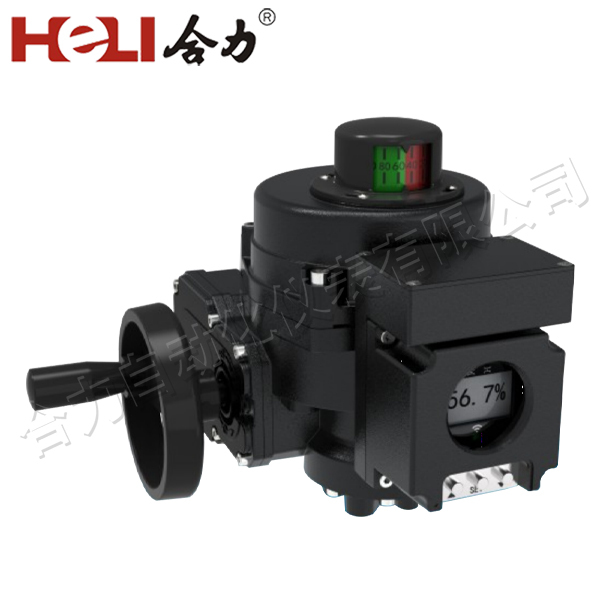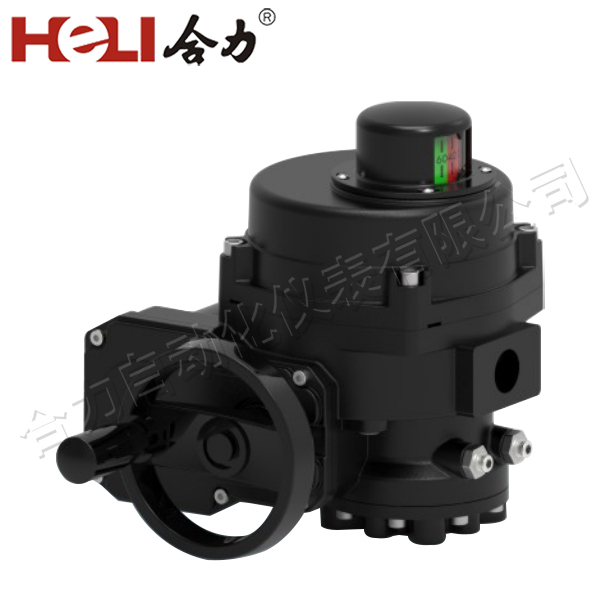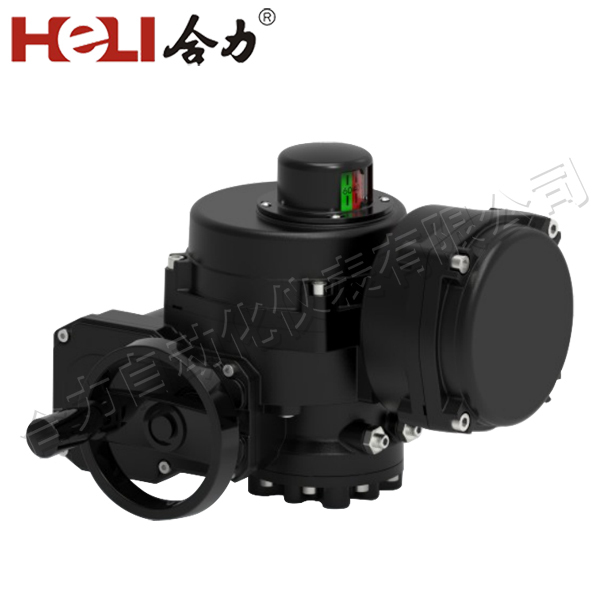As the world shifts towards renewable energy sources and sustainable technologies, lithium batteries have become an integral part of powering everything from electric vehicles to off-grid homes and commercial energy storage systems. One of the key aspects of maximizing the benefits of lithium battery technology is ensuring proper electrical installation. A well-executed installation ensures safety, longevity, and optimal performance of the system. In this article, we will explore the essential components, considerations, and best practices for lithium battery electrical installation.

Understanding Lithium Batteries

Lithium-ion batteries are known for their high energy density, long cycle life, and lightweight nature. These batteries store and release electrical energy through chemical reactions involving lithium ions. They are widely used in applications that require efficient energy storage, such as solar energy systems, backup power, and even mobile devices. However, installing these batteries in an electrical system requires a thorough understanding of their technical specifications and the electrical system they will be integrated into. Incorrect installation can lead to efficiency losses, reduced battery life, or even hazardous situations like overheating or fire.
